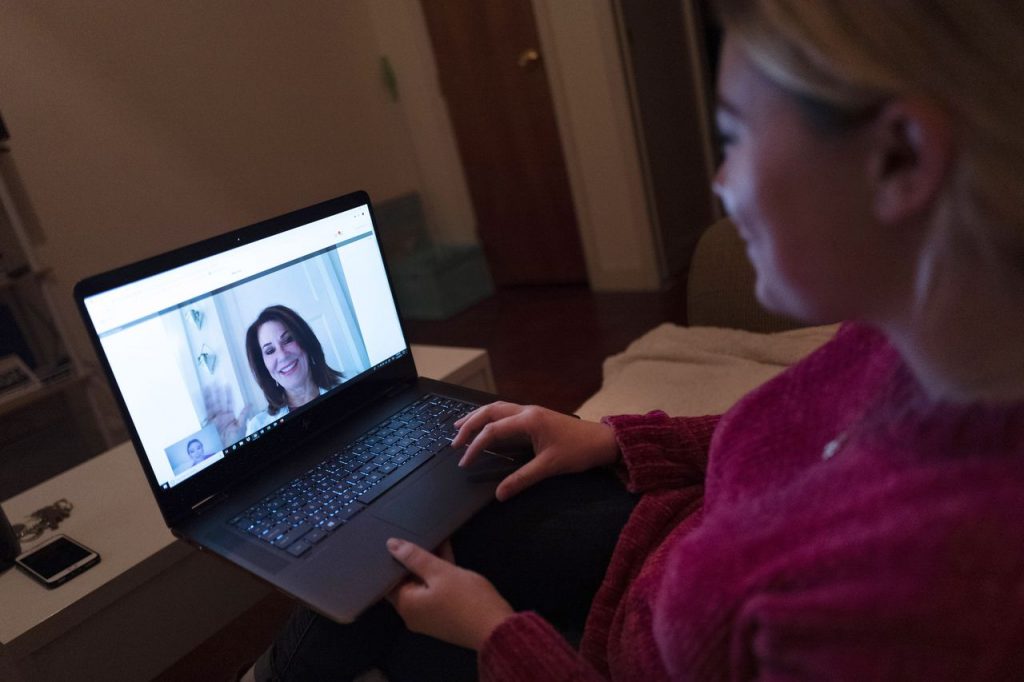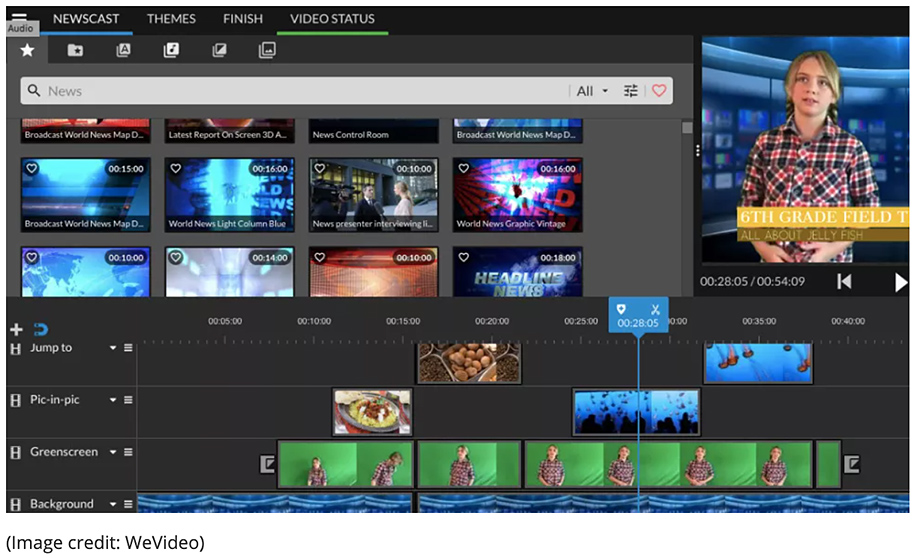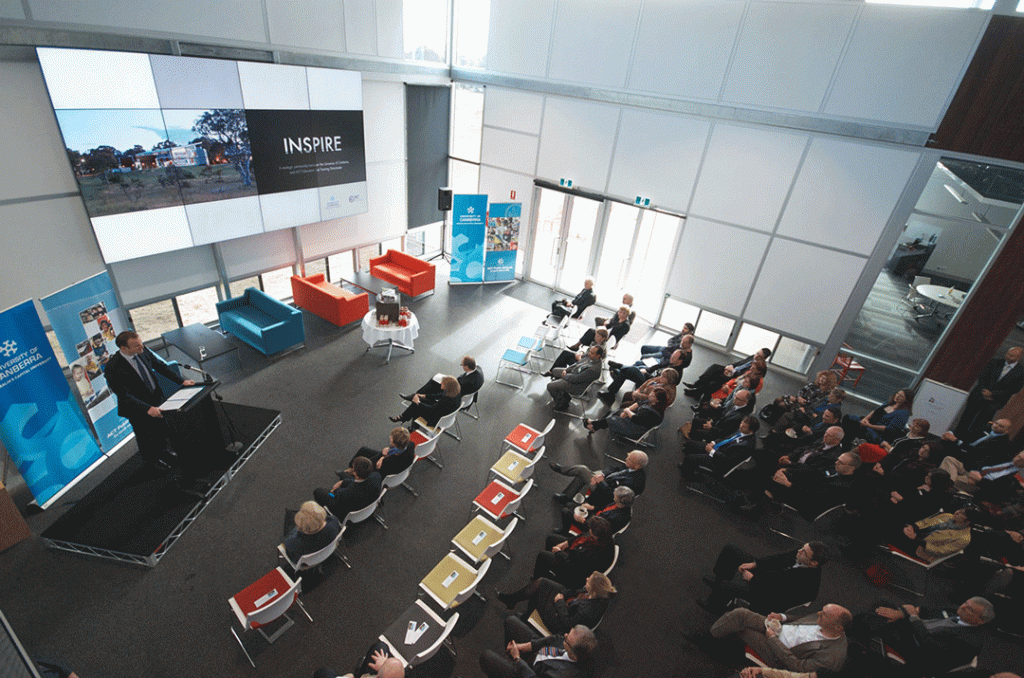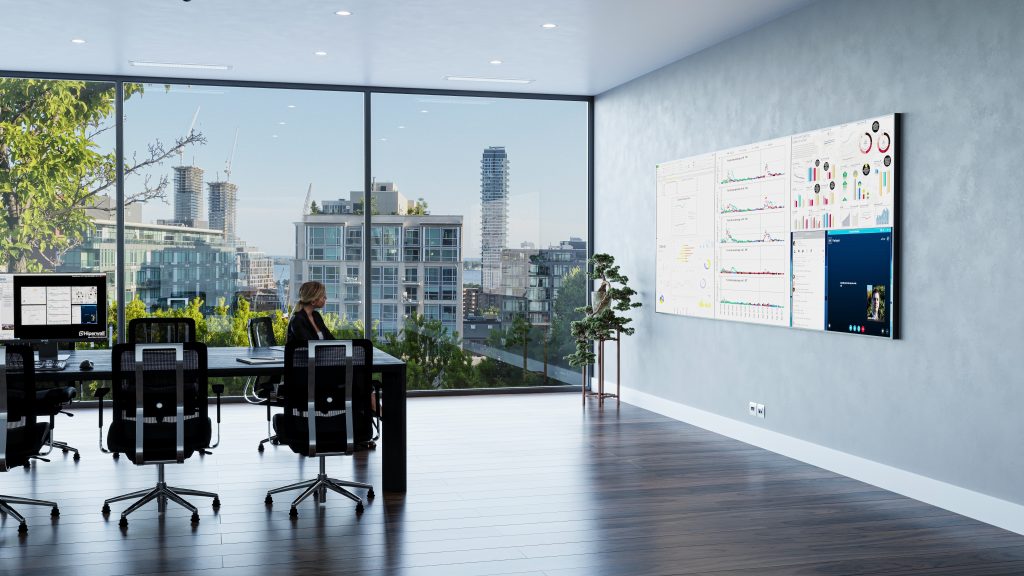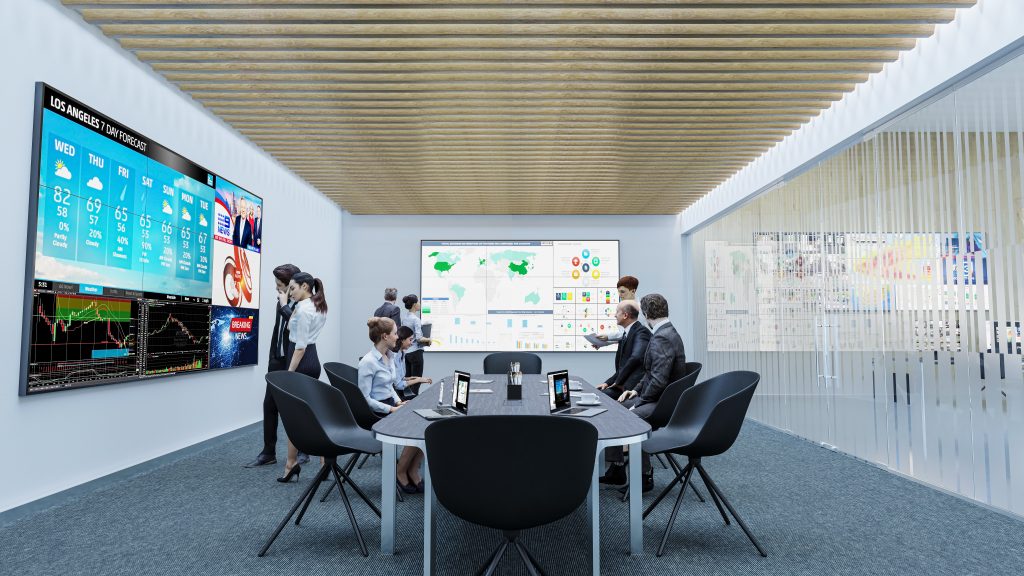Moving Online Learning from Challenge to Opportunity — from campustechnology.com by Dr. Mark Lombardi
The future of higher education means breaking down classroom walls, embracing digital tools and engaging students with creativity and innovation.
Excerpt (emphasis DSC):
Similarly, Maryville criminology professor Geri Brandt, working in concert with our learning designers and on-site production studio, used 360-degree camera technology to stage a virtual, explorable, interactive crime scene. Extending this online experience further, the criminology department created a “choose your own adventure” virtual experience, where each student response or choice in an investigation leads to a different outcome.
Creativity and innovation on this scale are only possible when faculty work with a talented team of learning design professionals who can translate a vision of interactive and immersive learning into a new student experience. Designing and delivering this active learning ecosystem integrated in online and on-ground learning takes a team of committed professionals and the courage to make it happen.
What if students could choose to learn in environments that are fully immersive, deeply enriching and profoundly meaningful to their courses of study? We encourage our students to explore the world beyond the campus, but what happens when the world is your campus?









